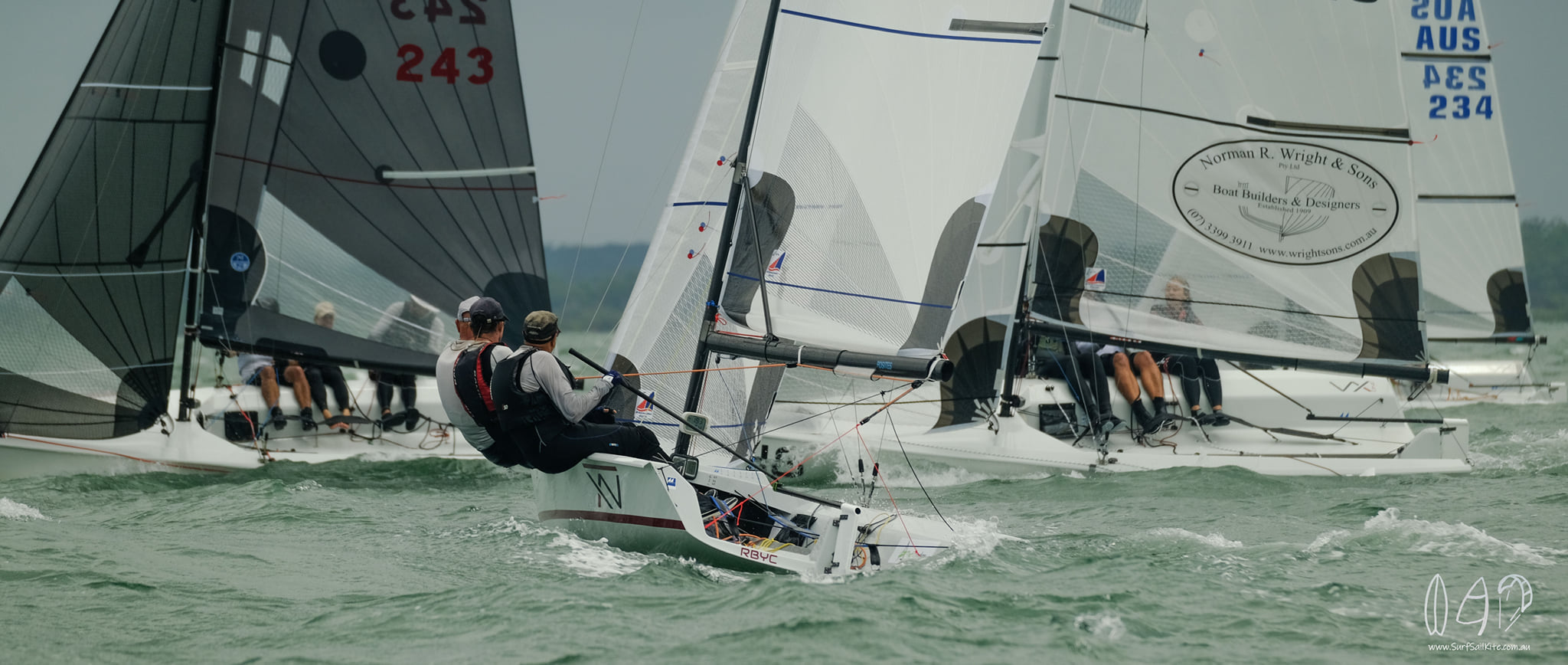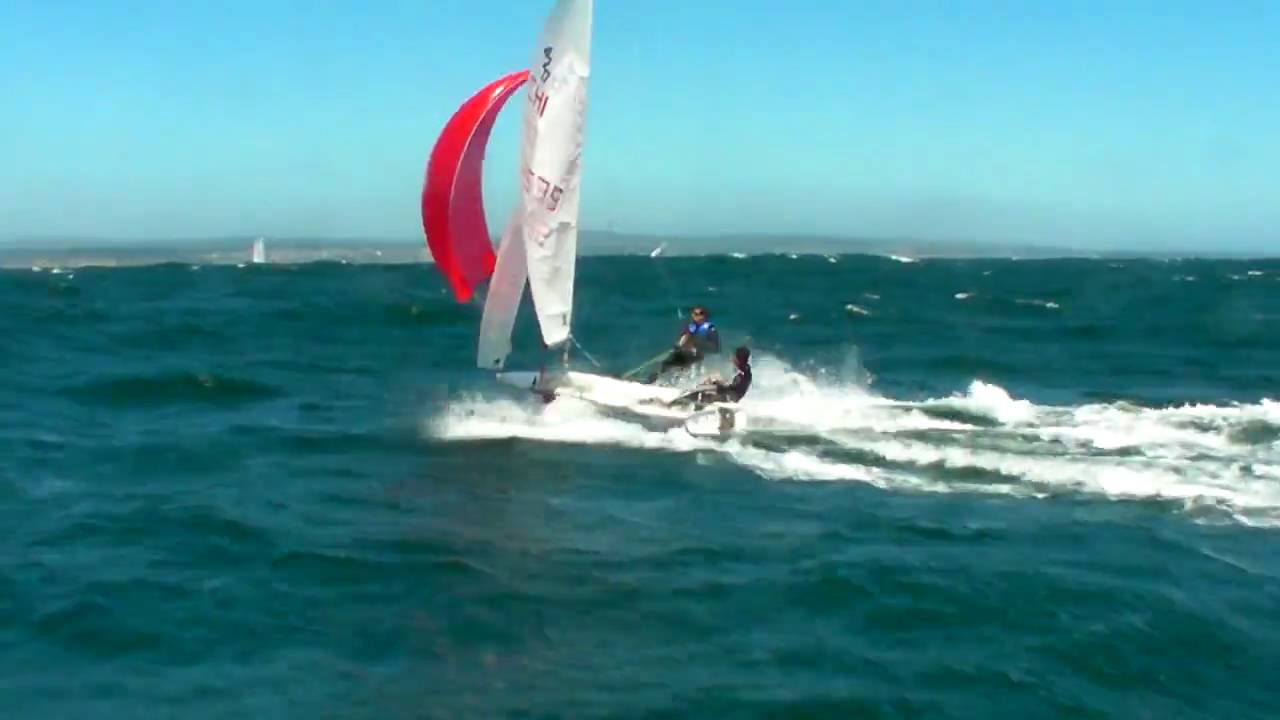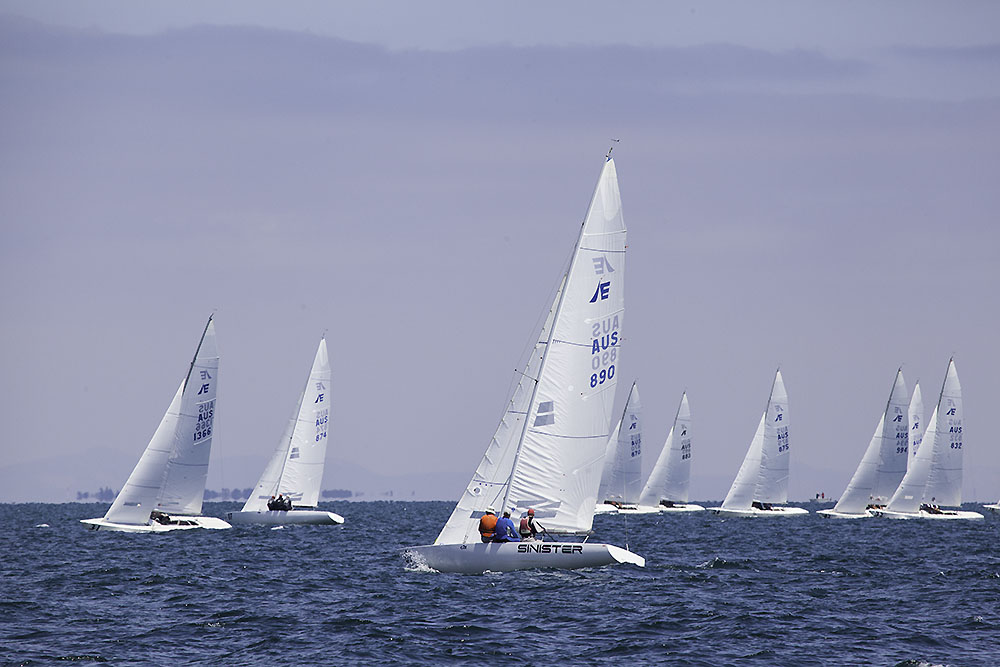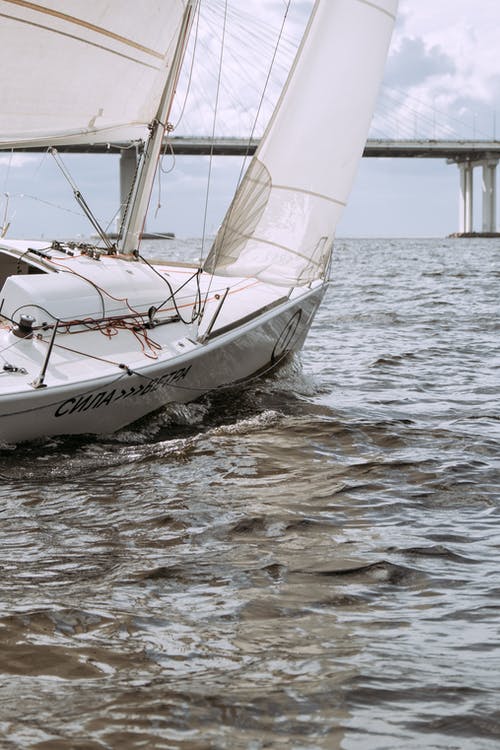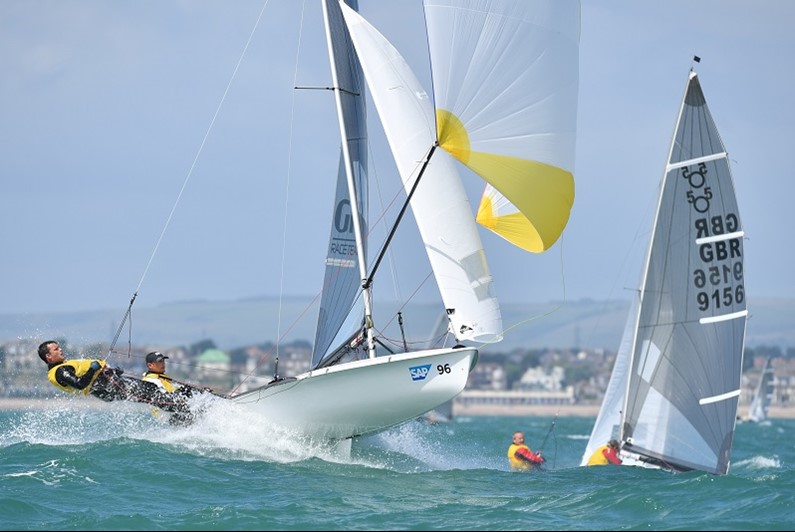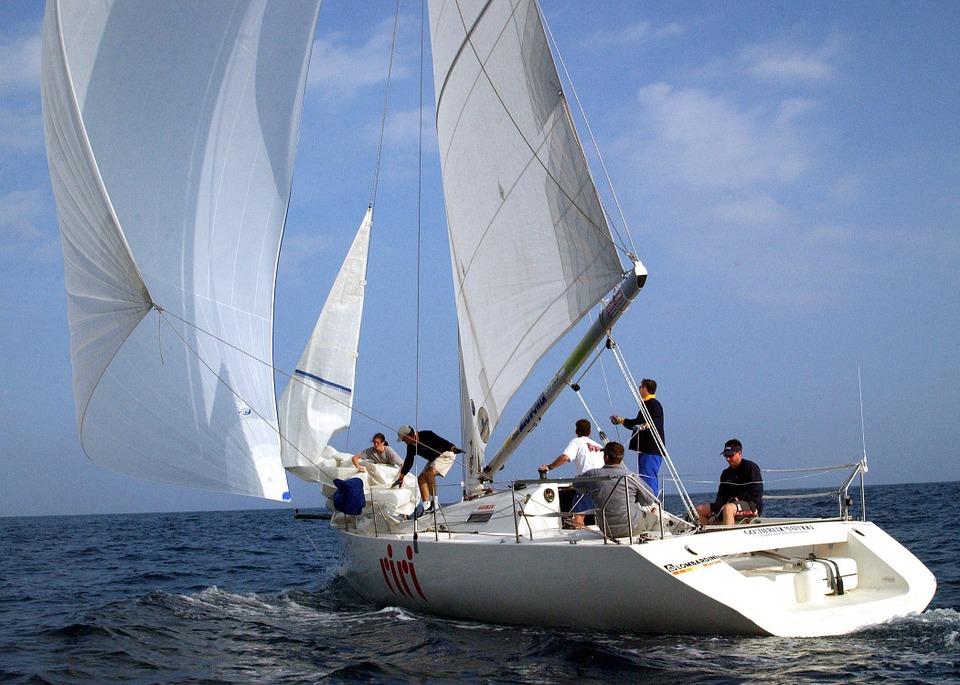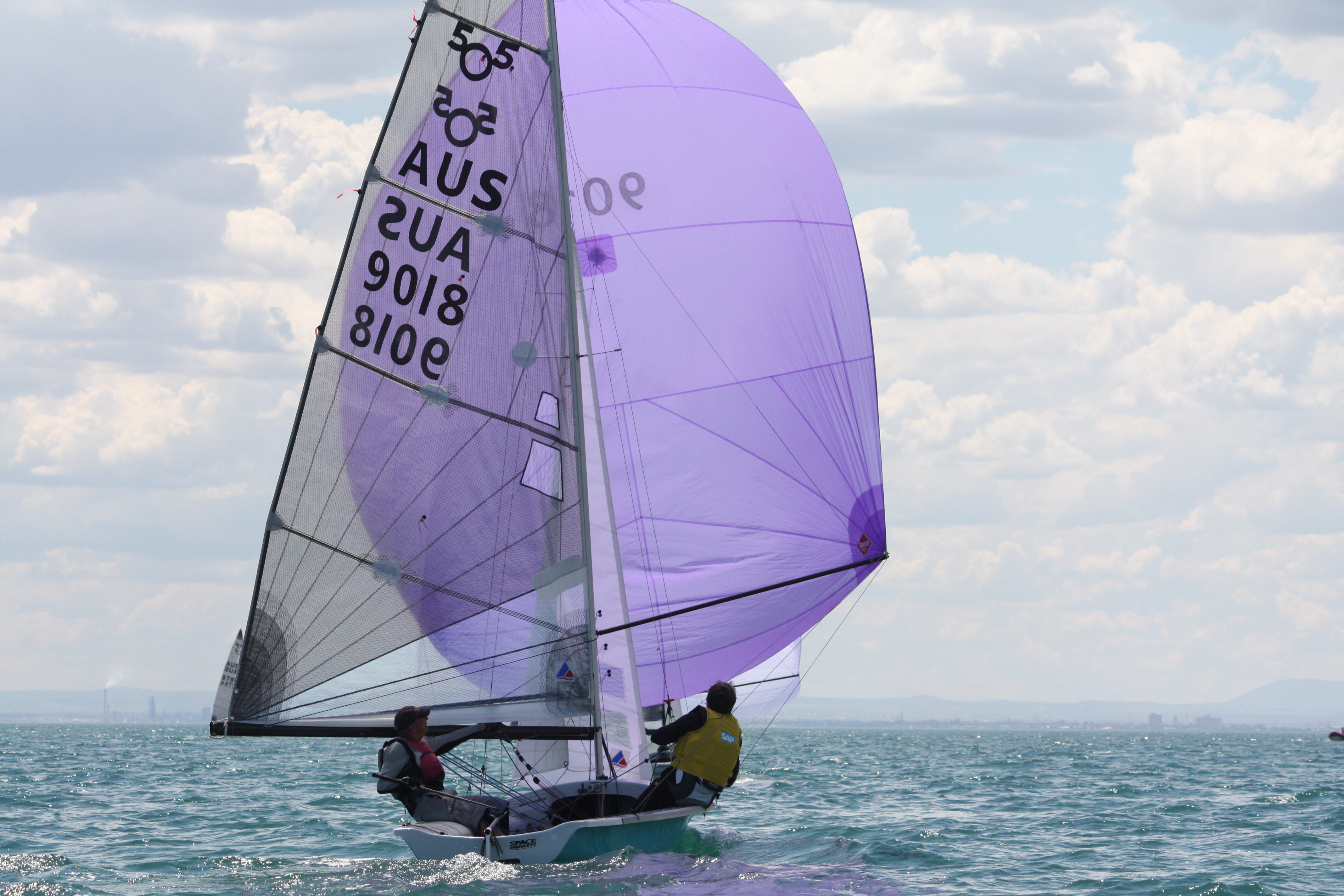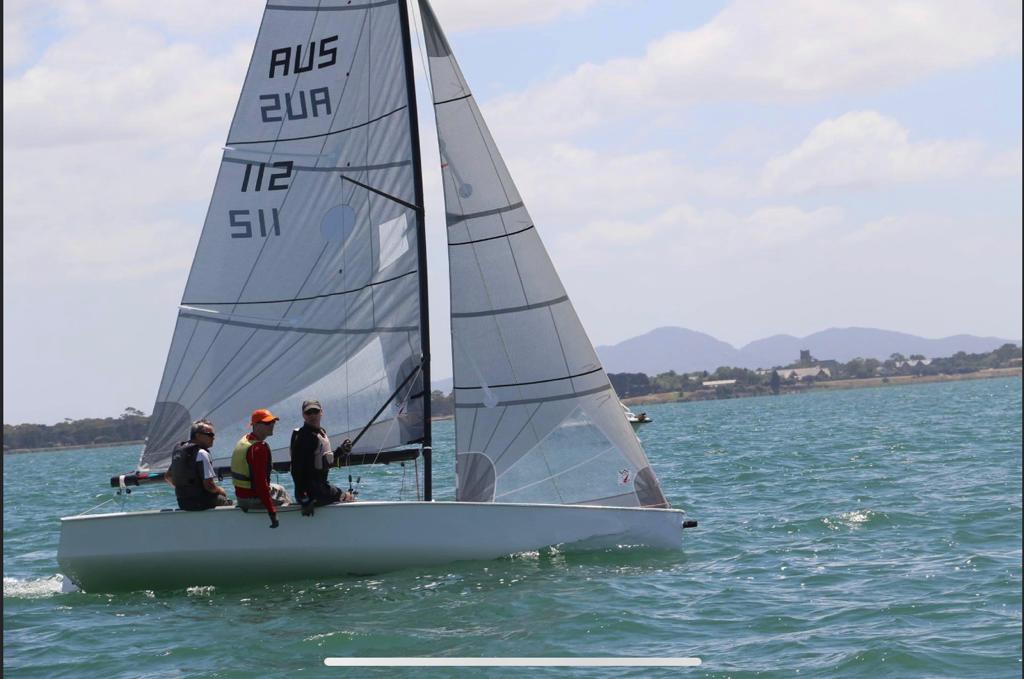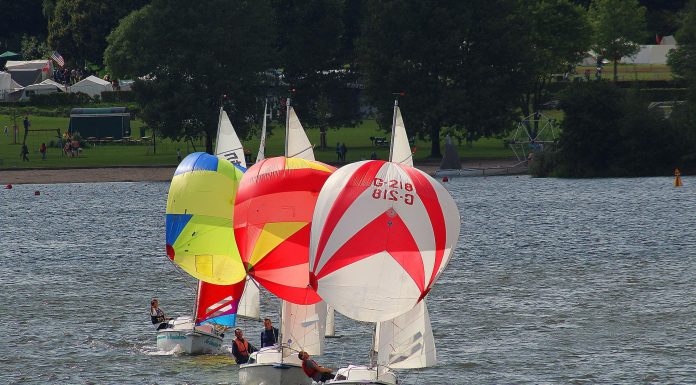The 'Doppler' Windshift Effect - We all know what happens when a train comes toward us at full speed with its horn blowing, at first the sound is very high pitched, but it drops quickly as the train passes by and becomes quite low-pitched while the train speeds away.
The Doppler Effect
The reason for this is what's called the Doppler...
Sail away from shifts and toward better pressure.
Downwind Secrets - When you are racing upwind, the principal rule of thumb is to sail toward the next shift, on a run, however, you should sail away from the next shift because you are trying to make progress downwind, not upwind.
By getting farther away from the direction of the next shift...
Making Reaches Work
In this day and age of mainly windward and return races, the art, and skill of sailing a reach is becoming a distant memory for many of us with symmetrical spinnaker boats.
Please note though, that a lot of the tips below are also relevant to two-sailed and single-sail boats as well.
If you do get a reaching course...
Strategy For The Upwind Leg
Question:
The wind has just shifted left so it has headed all boats around you on starboard tack - Should you keep sailing into the header, or take the instantaneous gain and tack?
As always with sailing, the perfect answer begins with ‘It depends’
Possible scenarios for you to consider: Strategy For The Upwind Leg
The wind has headed,...
Effective steering off the wind - On reaches and runs it is essential that the helmsman and trimmer communicate and co-ordinate their actions.
As the helmsman, you must also respond to input from the tactician and changing sailing conditions plus the trimmer’s input based on sheet load and boat speed. The problem here is that there may be conflicting voices...
As a rule of thumb Downwind, Always be searching for the best pressure.
When sailing on a run, the key to success is locating better wind velocity, getting your boat into that pressure, and then staying in it as long as possible.
Better pressure allows you to sail lower and faster than your fellow competitors meaning you will gain on those...
.
These days, for those of us that race, we seem to be doing more and more short, windward-leeward races. The Secrets For Going Fast Upwind will help you to get to the first mark in great shape.
The importance of Good Speed On The Upwind Leg
Arguably the upwind leg, especially the first upwind is the most telling in where we...
Tips And Rules For The Upwind Leg, To get to the first mark at the head of the fleet consider the following.
Sail on the Lifted Tack as Long as Possible
The basic idea when sailing upwind is to sail on the lifted tack as long as possible but there are a few other general rules that ensure you make the...
Excerpts from an excellent article on "Wind Shift Rules of Thumb" written by by good friend David Dellenbaugh of Speed and Smarts - https://www.speedandsmarts.com
Playing the shifts is all about minimizing the distance sailed around the course. Whether it’s light or breezy, keep your eyes on the compass and identify the type of shift before reacting.
FREE BOOK - 49 SAILING...
Strategies For Using A Compass - Sailing is a highly competitive sport that requires a combination of skill, knowledge, and strategy to succeed.
In yacht racing, one of the most critical tools for gaining an advantage over your competitors is the compass. It is one of the most important tools for any sailor in a yacht race.
A compass is a...

